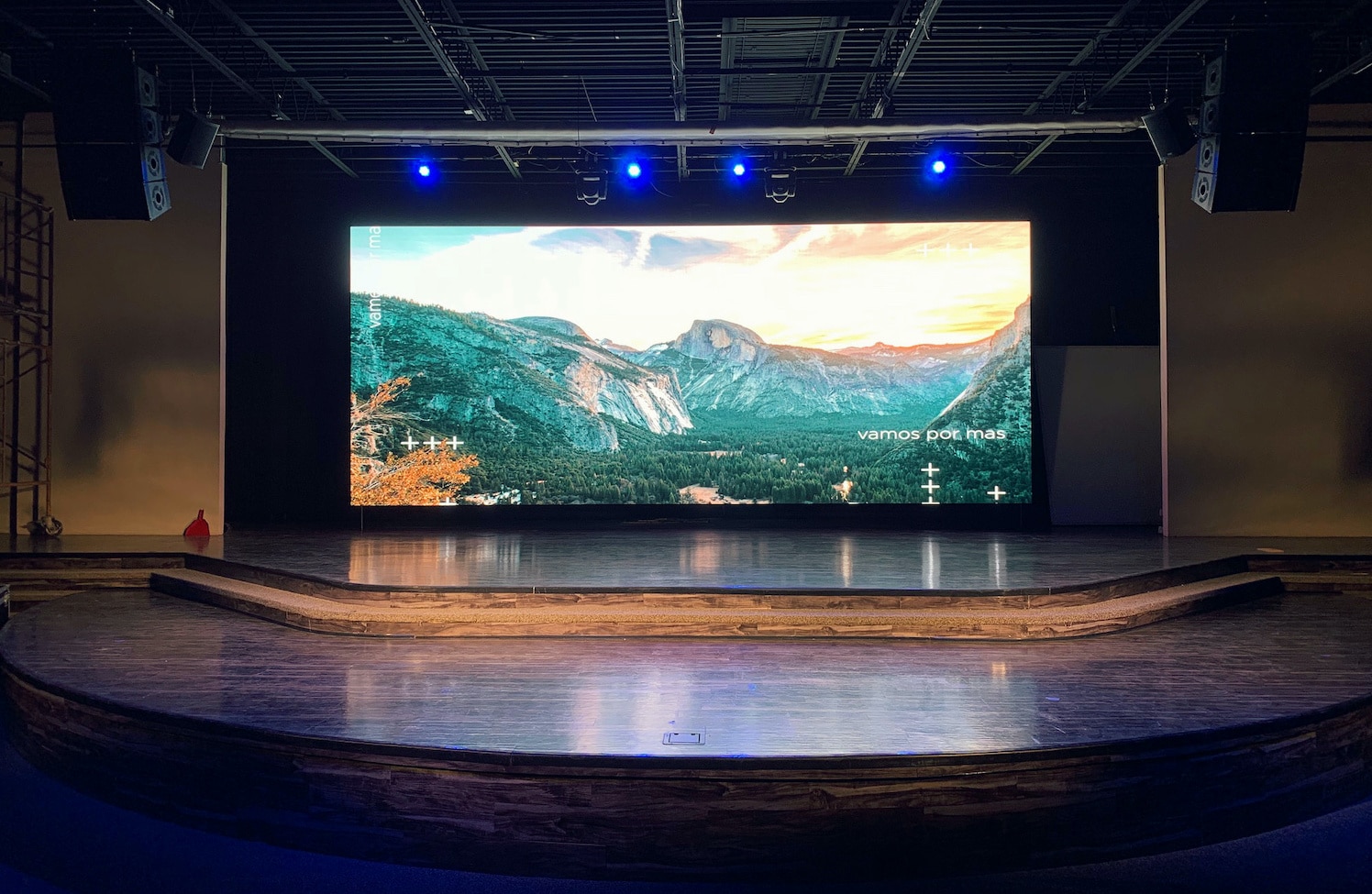Investigating the Effectiveness of Diverse LED Display Calibration Methods for Ideal Visual Output
Wiki Article
LED displays have become progressively favored in multiple environments, such as theater venues, musical events, and business gatherings. These expansive displays provide vibrant colors and sharp images, making them ideal for visual presentations. However, to achieve the optimal display performance, proper calibration of Light Emitting Diode walls is essential. Calibration refers to the process of adjusting the display settings to guarantee that hues, luminosity, and contrast are accurate and uniform. Various tuning techniques can significantly influence the total standard of the visual experience, making it vital to investigate the efficacy of these approaches.
One common technique for calibrating Light Emitting Diode walls is manual calibration. This method involves modifying the parameters by hand, often using specific tools and software. Technicians typically examine the screen's color accuracy and brightness levels, making adjustments based on their observations. Manual calibration allows for a high degree of customization, as specialists can adapt the parameters to the particular environment and content being displayed. However, this method can be labor-intensive and requires a skilled technician to attain optimal outcomes. In spite of its difficulties, handheld tuning can lead to remarkable display quality when done properly.
Another common tuning technique is the use of automatic tuning. This approach uses software and sensors to measure the display's functionality and make modifications automatically. Automated calibration can conserve hours and minimize the potential for human mistakes, as the program can rapidly evaluate the screen and implement the necessary modifications. This method is particularly beneficial in settings where the Light Emitting Diode wall is frequently used for various types of material, as it can adapt to various illumination environments and content requirements. While automatic calibration may not provide the same level of customization as handheld tuning, it can still provide excellent results for many applications.

A third method worth mentioning is the use of hue calibration instruments. These devices, such as color measurement devices and spectral analyzers, assess the color output of the LED wall and help ensure that the hues shown are correct. By using these devices, technicians can identify any discrepancies in color reproduction and make the required modifications. This method is especially important for applications where color precision is essential, such as in visual design or video production. Color tuning instruments can improve the overall visual performance of Light Emitting Diode screens, guaranteeing that the audience sees the intended colors and elements.
In summary, the effectiveness of different Light Emitting Diode screen calibration techniques plays a crucial role in attaining best display performance. Manual go to this site tuning offers personalization but can be time-consuming, while automated calibration provides speed and uniformity. Additionally, color calibration instruments help confirm correct color reproduction, which is essential for many uses. By understanding and employing these tuning methods, specialists can improve the visual experience for viewers, making Light Emitting Diode screens an even powerful instrument for interaction and entertainment. As technology continues to advance, ongoing study and evolution in calibration methods will probably lead to even better visual quality in the time ahead.